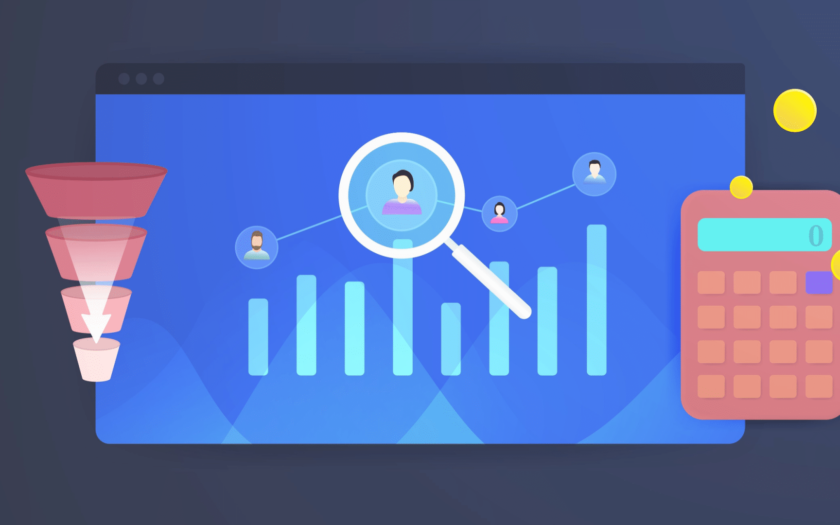In this case:
Lead represents the initial form fill on the website.
Opportunity represents the actual lead created in HubSpot, which filters out obvious junk leads.
Customer is someone who made it all the way through to purchase.
By using offline conversion imports, you can see how much an actual customer costs.
In the example above, the cost per customer is $26,339.03 divided by 11, or $2,394.46.
Now, we have a number we can optimize toward.
Get the newsletter search marketers rely on.
Optimizing CAC
Smart bidding in Google Ads will help you optimize your CAC. It uses conversion data in an account to prioritize users who are more likely to perform an action: a click or a conversion, depending on the bid strategy you choose.
When you use offline conversion imports, you can use value-based bidding to get the bidding algorithm to focus on the most valuable actions for your business.
In my example above, we’ve set the following values for conversions:
Lead: $100.
Opportunity: $500.
Customer: $5,000.
These are arbitrary numbers intended to show the relative value of each action to the other. A customer is worth 10 times as much as an opportunity and 50 times as much as a lead.
By using a Maximize Conversion Value bid strategy, Google Ads will try to find users who are not only leads, but customers.
In this example, we’ve been able to increase the total number of leads for this client while also dramatically increasing the number of customers because the smart bidding algorithm optimizes toward them.
Solving for long sales cycles
In my example, it takes a user about 14 days to move from an initial lead to a customer. In B2B, that’s a relatively short sales cycle.
It’s not unusual for B2B sales cycles to be 12–18 months.
The challenge is, Google Ads only looks at offline conversions for the last 90 days. If your sales cycle is longer than 90 days, you won’t see many if any final customers in your offline conversion data.
There are a couple of workarounds for this.
One is to manually match up data from your CRM to Google Ads.
While you won’t be able to see data down to the keyword level or use it for smart bidding, at least you can calculate your CAC and assign values.
If you’ve captured data in your CRM at the campaign level, which is pretty common, at least you’ll be able to see which campaigns are driving the highest value for you and set bids and budgets accordingly.
Another way to deal with long sales cycles is to use microconversions.
Microconversions are hand-raising actions that don’t represent an actual lead, such as views of a key page, initiating a chat, watching a video, or interacting with non-gated content.
Track microconversions in addition to lead form fills and funnel data. It doesn’t hurt to track funnel data even if it goes past the 90-day mark.
As described above, assign values to the microconversions.
Make them tiny, if needed: a video view might only be worth $1, while a lead form fill is worth $100 or $1,000 or $5,000.
The idea is to get enough data to feed the optimization machine and generate more users taking hand-raising actions.
A side benefit of tracking microconversions is you can use these audiences for retargeting.
Retarget people who watched a video about your product with an offer enticing them to take the next step — downloading an ebook or getting a free demo, for example.
By using the features available in Google Ads, such as microconversions, offline conversion imports and Smart Bidding, you can maximize your CAC for B2B PPC.
Contributing authors are invited to create content for Search Engine Land and are chosen for their expertise and contribution to the search community. Our contributors work under the oversight of the editorial staff and contributions are checked for quality and relevance to our readers. The opinions they express are their own.
